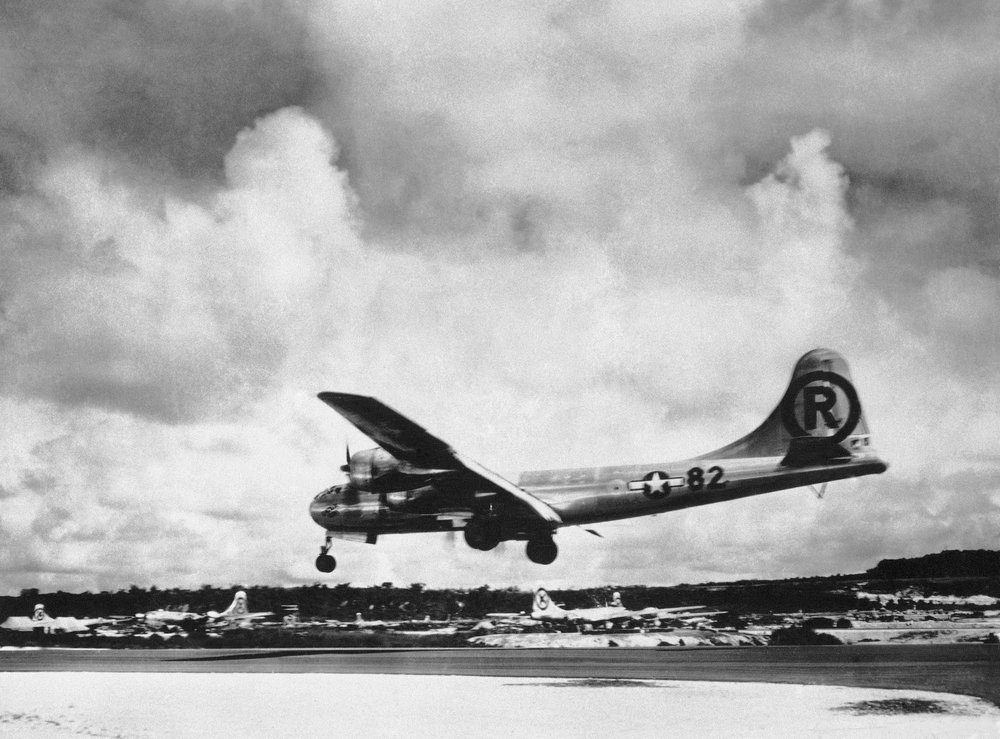The “Little Boy” bomb
75 years ago today, the United States dropped the first atomic bomb ever used in warfare. The target, the Japanese city of Hiroshima.

Hiroshima was a major Japanese military hub with factories, military bases and ammunition facilities. The United States picked it as a target because of its size and landscape, and carefully avoided fire bombing the city ahead of time so American officials could accurately assess the impact of the atomic attack. The bombings hastened Japan’s surrender and prevented the need for a U.S. invasion of Japan, which planners suggested would cost a million lives.

At 8:15 a.m., the U.S. B-29 bomber Enola Gay dropped a 4-ton “Little Boy” uranium bomb from a height of 31,500 feet targeting the Aioi Bridge. The bomb exploded 43 seconds later, at 2,000 feet above the ground. Seconds after the detonation, the estimated temperature was 5400-7,200 degrees Fahrenheit at ground zero. Almost everything within 1.2 miles of ground zero was destroyed by the blast. Within one hour, a “black rain” of highly radioactive particles started falling on the city, causing additional radiation exposure.

An estimated 140,000 people, including those with radiation-related injuries and illnesses, died through Dec. 31, 1945. Everyone within a radius of 500 meters (1,600 feet) from ground zero died that day.